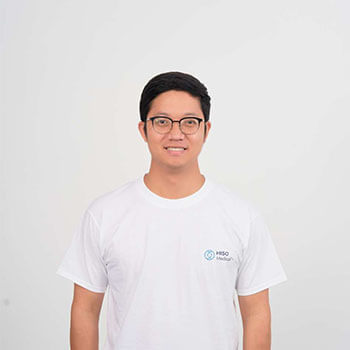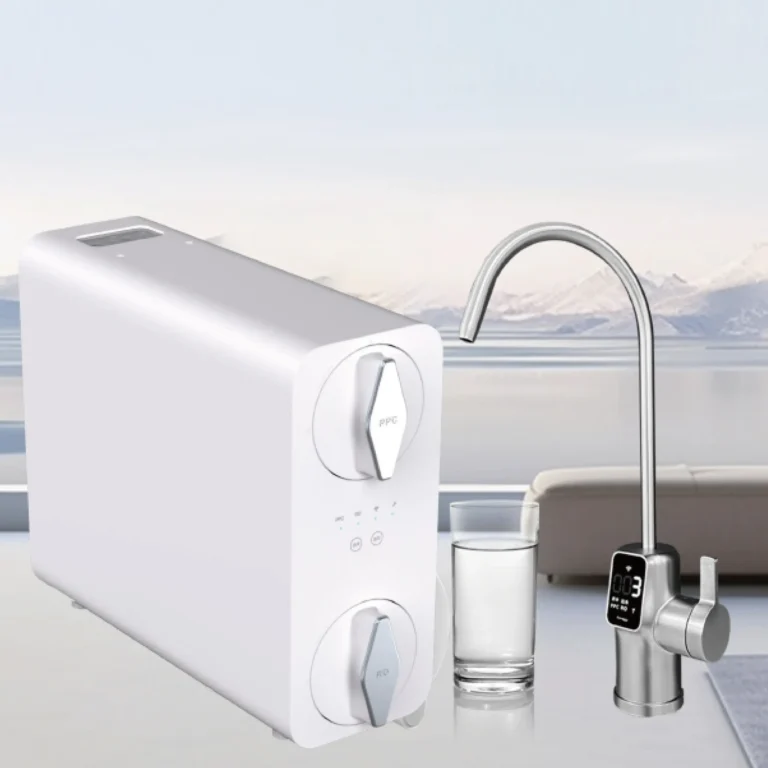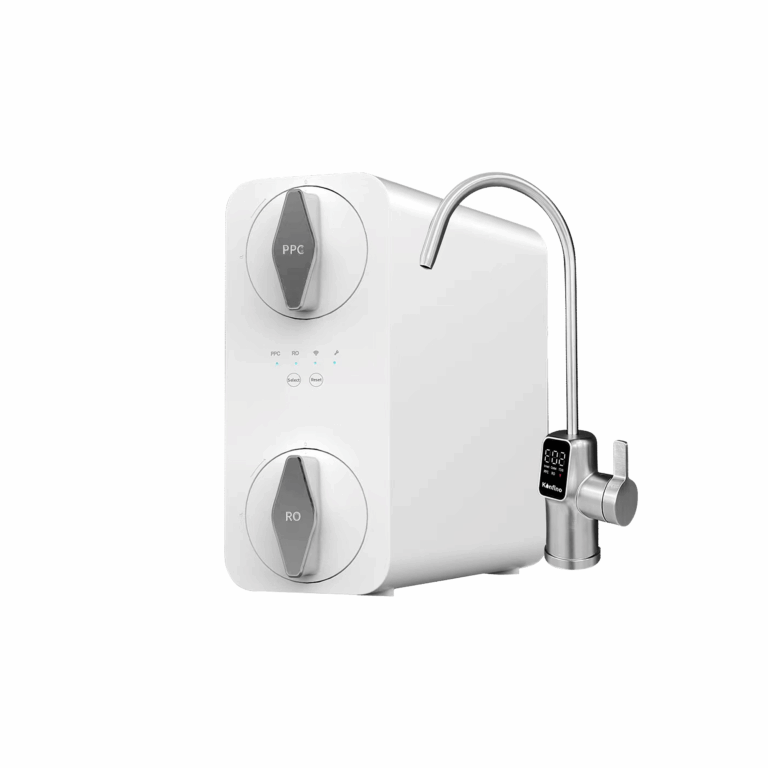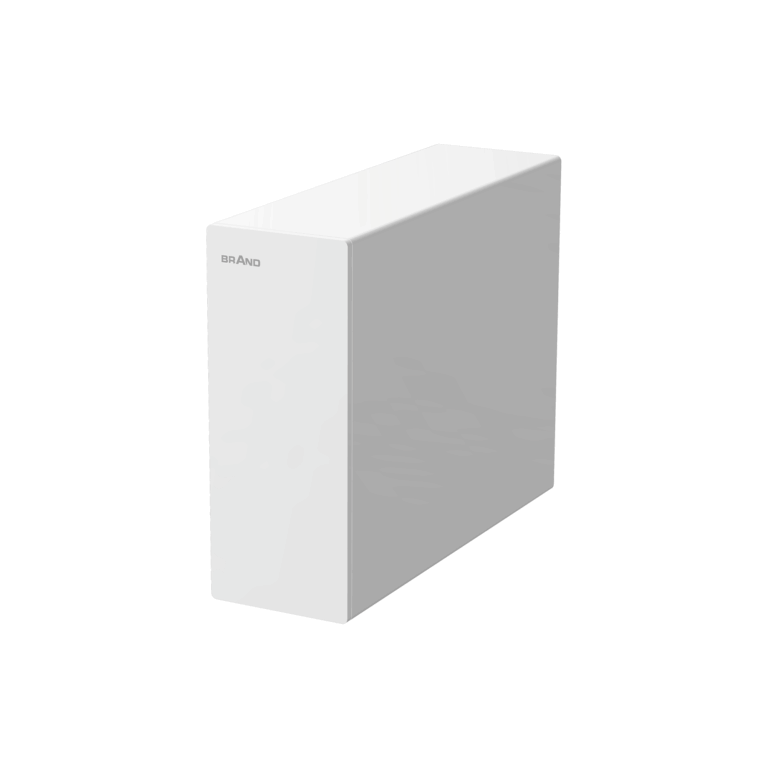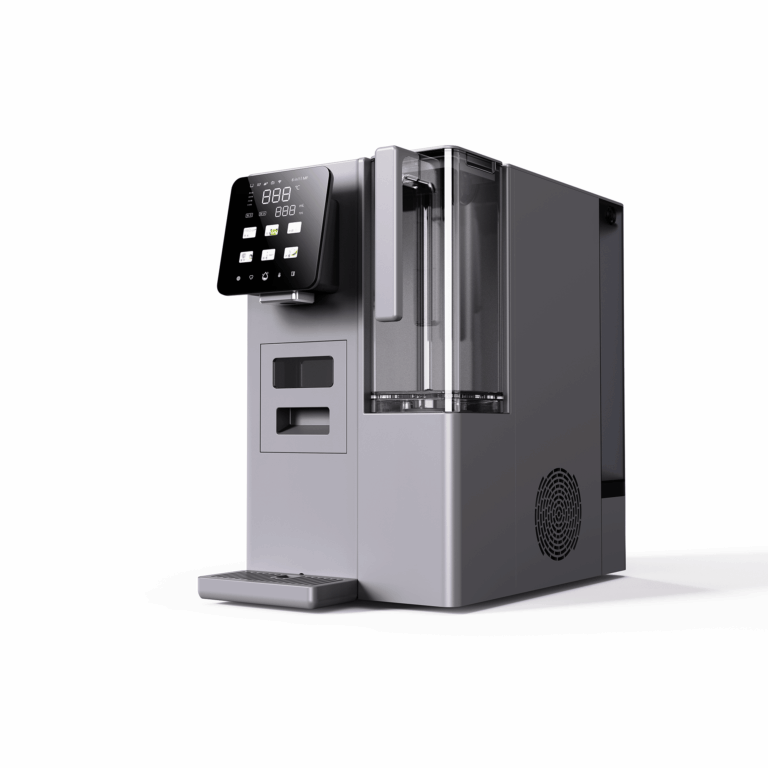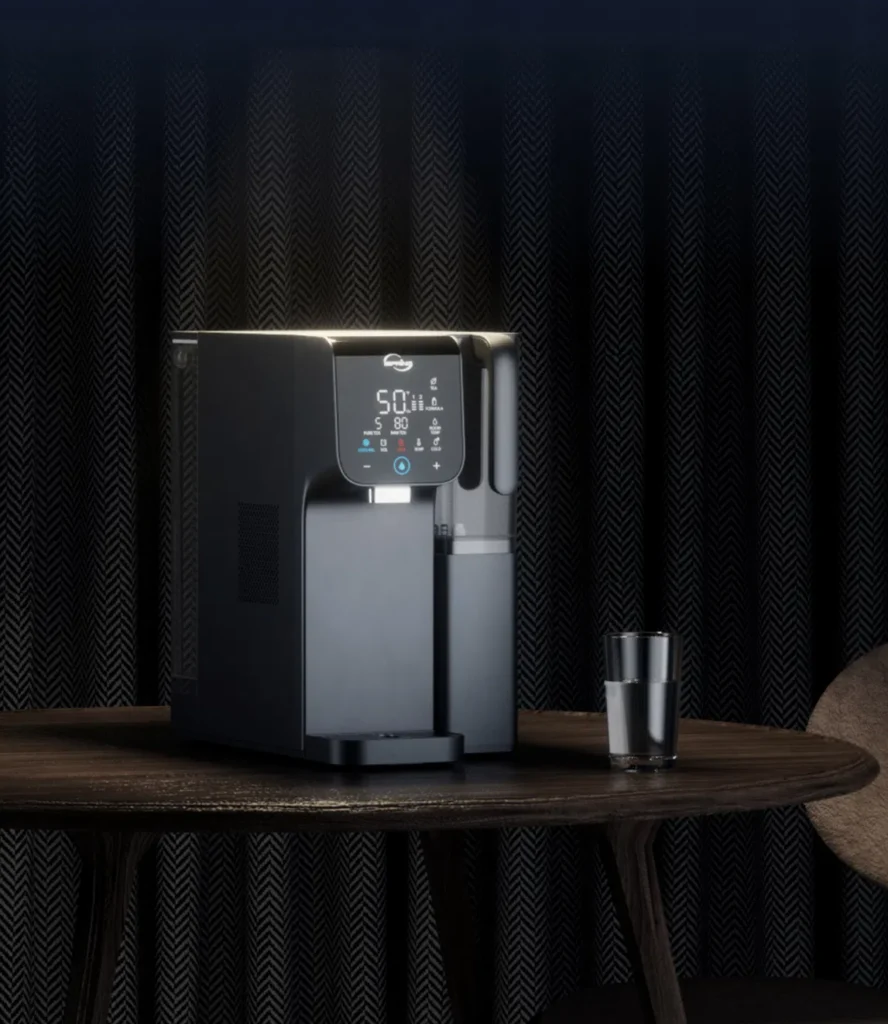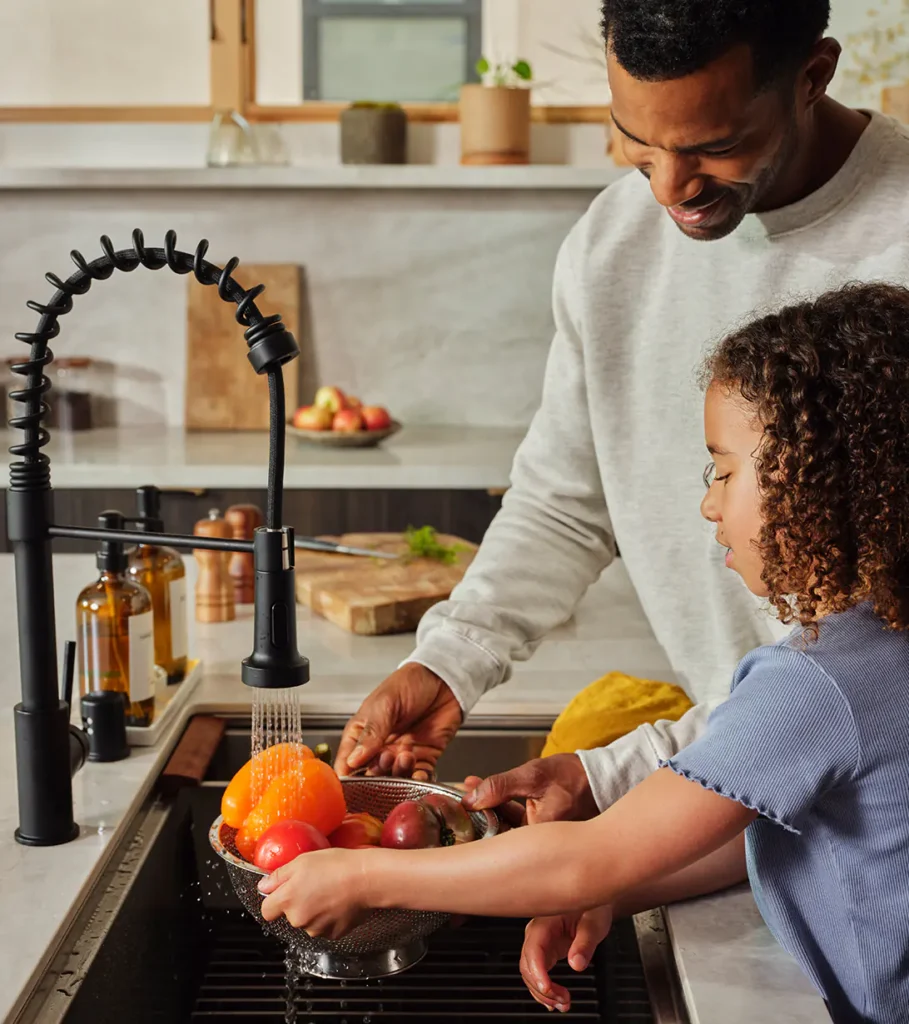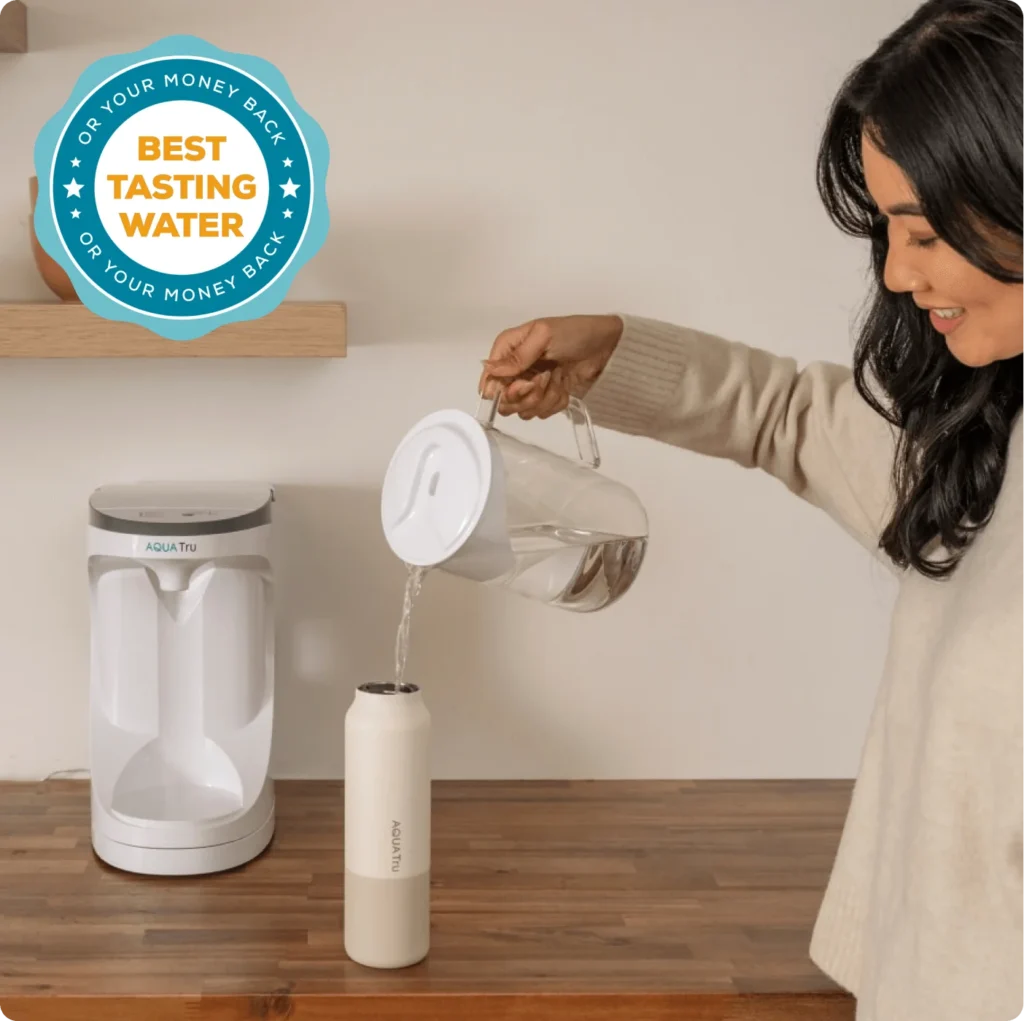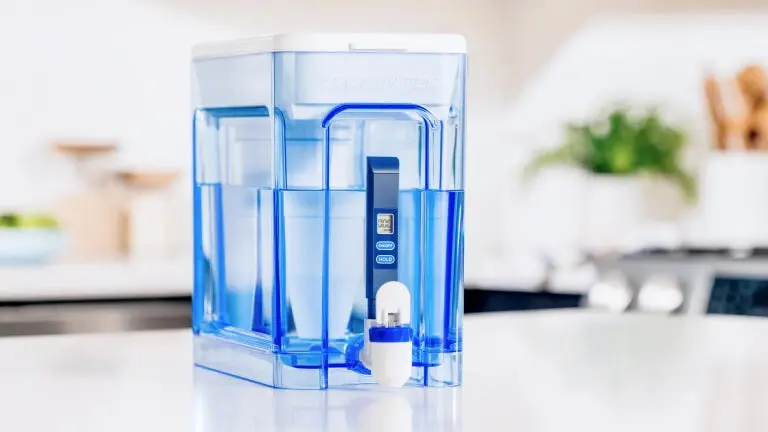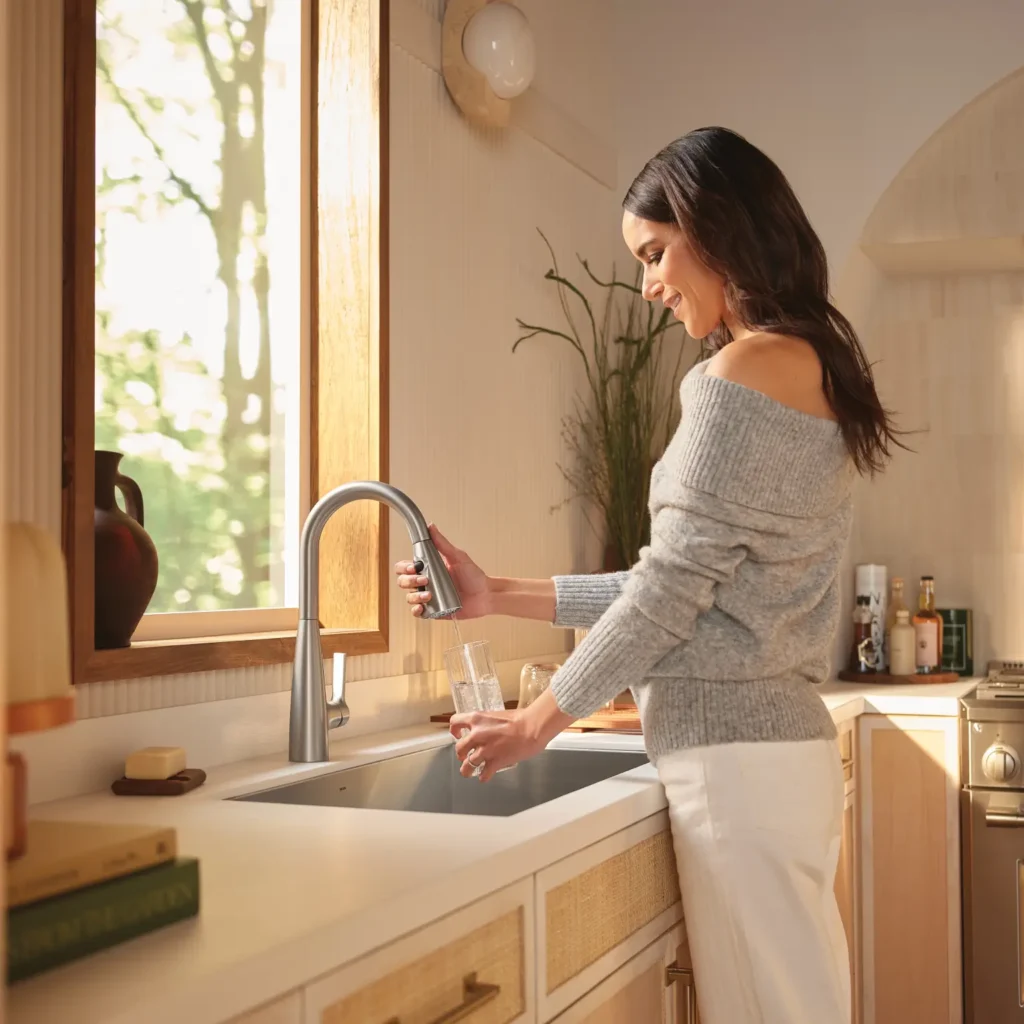For decades, the Panasonic name has been synonymous with quality, reliability, and innovative technology. When you invest in a Panasonic product, whether it's a television, an air conditioner, or a water purifier, you're buying into a legacy of Japanese engineering excellence. But in today's complex global economy, a simple "Made In" label often tells only part of the story. For B2B and D2C clients who rely on product integrity and supply chain transparency, understanding the full picture is not just interesting it's essential.
So, where exactly are Panasonic's highly-regarded water purifiers manufactured? The answer is not a single factory or even a single country. Instead, Panasonic employs a sophisticated and deliberate global manufacturing strategy, creating a network of specialized hubs that work in concert. This decentralized approach allows the company to leverage the unique strengths of different regions to produce specific types of purifiers, balancing technological leadership with market-specific solutions and logistical efficiency.
This article unpacks Panasonic's multi-pronged manufacturing footprint, exploring the distinct roles of its core production centers in Japan, Indonesia, and Malaysia, and demystifying its complex operations in the vast Indian market.
At the heart of Panasonic's global strategy lies its home country, Japan. This is the technological core of the operation, the hub responsible for producing the company's most advanced, highest-value water purification systems. The coveted "Made in Japan" label is more than just a country of origin; it's a strategic branding tool that signifies cutting-edge innovation, meticulous quality control, and superior performance.
Panasonic reserves its Japanese production lines for its top-tier products, particularly its advanced Alkaline Ionizers and sophisticated micro-filtration systems.
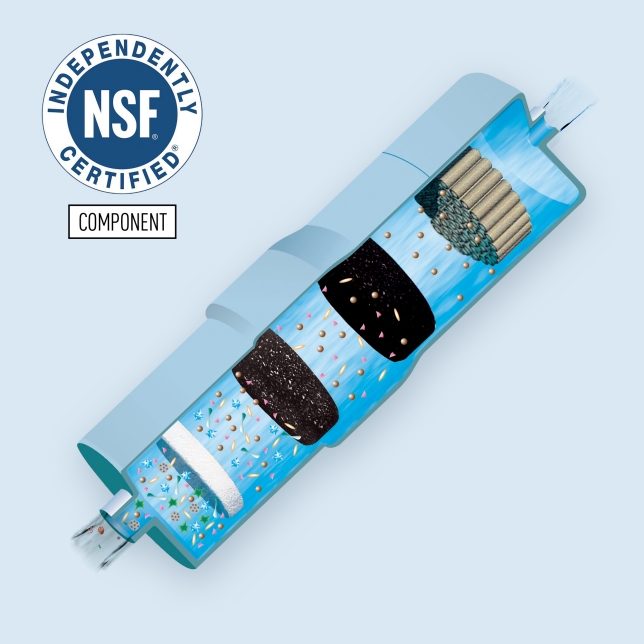
Alkaline Ionizers: Complex devices like the TK-AS45, which use electrolysis to produce multiple types of pH-balanced water, are consistently marketed as being "Made in Japan". This reinforces their status as a premium, high-technology product for health-conscious consumers.
Advanced Micro-Filtration: High-performance faucet-mounted and under-the-sink models, including the TK-CJ300, TK-CS500, and the popular TK-CS10, are also proudly manufactured in Japan. These units often boast superior filtration capabilities, with models certified to remove up to 17 harmful substances and 99.999% of bacteria.
By concentrating the production of its most complex and highest-margin products in Japan, Panasonic leverages the powerful brand equity associated with Japanese manufacturing. This strategy anchors the company's reputation as a technology leader, justifies a premium price point, and creates a clear product hierarchy for consumers and distributors worldwide. It is a direct link between their most innovative products and the company's deep roots in research and development, likely centered around its corporate headquarters and development centers in Osaka and Shiga.
Indonesia: A Masterclass in Hyper-Local Solutions
While Japan represents technological leadership, Panasonic's operations in Indonesia showcase a commitment to deep market specialization. Instead of exporting a one-size-fits-all solution, the company has invested in local manufacturing to solve specific, pressing water quality challenges faced by Indonesian households.
In February 2020, Panasonic officially announced the establishment of a new business unit at Panasonic Gobel Life Solutions Manufacturing Indonesia, with production of a "central water purifier" commencing the following month. This was a strategic move built on decades of local experience, as Panasonic has been manufacturing water pumps in the country since 1988.
The products made here are purpose-built for the Indonesian market:
- Iron Removal: Recognizing that many Indonesian homes rely on well water with high iron content, Panasonic developed a central purifier with a high-speed oxidation function specifically to tackle this issue, which was historically difficult to resolve with standard filters.
- Water Softening: In March 2024, the company expanded its offerings with a new "Water Softener" designed to treat hard water—water with high concentrations of calcium and magnesium. This directly addresses common local problems like limescale buildup and stiffness in washed laundry.
This hyper-local strategy provides a powerful competitive advantage. For distributors and housing developers in Indonesia, it means offering a solution that is demonstrably more effective and relevant than generic imported alternatives. It shows a commitment to improving quality of life and builds immense brand trust, creating a formidable barrier for competitors who lack the same level of localized R\&D and production.
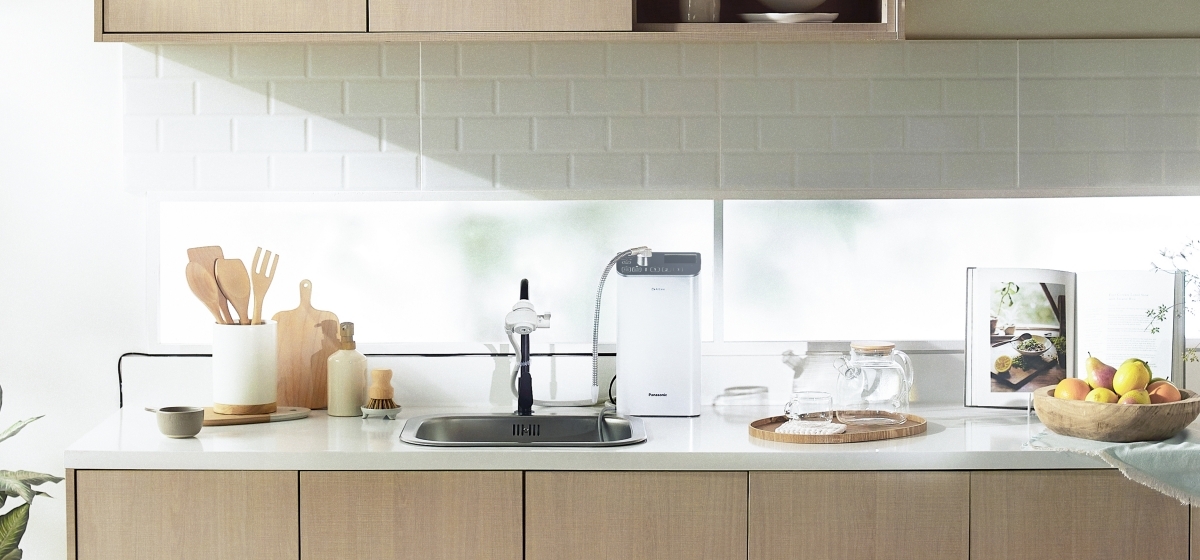
Malaysia: The Strategic Hub for Regional Export
The third pillar of Panasonic's strategy is its manufacturing powerhouse in Malaysia, which is positioned as a cost-effective and logistically efficient platform for serving the broader Southeast Asian region.
In late 2023, Panasonic Manufacturing Malaysia Berhad (PMMA) launched its first-ever Reverse Osmosis Water Purifier (ROWP). This was a significant move for two key reasons:
- Technology Choice: Reverse Osmosis (RO) is a highly effective and widely accepted purification technology, making it ideal for achieving mass-market penetration in the growing economies of Southeast Asia. It fills a crucial mid-tier segment that may find the high-end Japanese Alkaline Ionizers to be cost-prohibitive.
- Export Focus: The company explicitly stated that the initial target market for these Malaysian-made purifiers is Vietnam. This frames the Malaysian facility not just as a domestic supplier, but as a regional export engine.
This strategy is incredibly astute. Panasonic already operates a massive manufacturing and R\&D ecosystem in Malaysia, particularly for its air conditioning division, which exports to over 120 countries. By adding water purifier production, the company capitalizes on existing infrastructure, established supply chains, and a skilled workforce. This allows Panasonic to achieve significant economies of scale, reduce shipping costs and lead times to neighboring markets, and respond with greater agility to shifts in regional demand. Malaysia serves as the workhorse of the regional supply strategy, perfectly complementing the high-tech innovation from Japan and the specialized problem-solving from Indonesia.
The Indian Puzzle: Reconciling Market Presence with Manufacturing Reality
India represents a high-priority market for Panasonic, which offers a comprehensive portfolio of water purifiers tailored to local needs, from advanced Alkaline+RO+UV models to basic non-electric purifiers. The central question, however, is where these units are made.
While some third-party retail and B2B platforms label certain models, like the TK-CS50, as "Made in India", there is a conspicuous absence of official corporate announcements from Panasonic confirming dedicated, end-to-end water purifier manufacturing in the country. This stands in stark contrast to the clear and proactive communications regarding its investments in Indonesia and Malaysia.
A closer look at Panasonic's established Indian manufacturing entities reveals a focus on other product categories:
- Panasonic Life Solutions India Pvt. Ltd.: This entity, which grew from the acquisition of Anchor Electricals, operates seven factories and is a dominant force in electrical construction materials (ECM) like switches, sockets, and switchgear. Its major plants in Sri City, Daman, and Jhajjar are focused on these ECM products or, in the case of Jhajjar, other large appliances (though production of refrigerators and washing machines recently ceased there due to intense competition). Water purifiers are not mentioned in corporate disclosures about these facilities.
- Panasonic Appliances India Company Ltd. (PAPIN): This company's factory in Sholavaram, Chennai, has a clear and long-standing focus on small kitchen appliances. It pioneered the manufacturing of electric rice cookers in India and later added mixer-grinders to its production lines. Again, water purifiers are absent from its list of locally manufactured goods.
This discrepancy strongly suggests that Panasonic employs a more flexible, asset-light supply chain strategy for water purifiers in the highly competitive Indian market. Rather than investing in a dedicated factory, it is highly probable that the "Made in India" label is achieved through:
- Local Assembly: Importing Completely Knocked-Down (CKD) or Semi Knocked-Down (SKD) kits and performing final assembly within India.
- Contract Manufacturing: Partnering with a third-party Original Equipment Manufacturer (OEM) to produce the purifiers to Panasonic's specifications.
This approach offers an optimal balance of benefits. It allows Panasonic to serve the crucial Indian market, reduce the impact of import tariffs, and leverage the "Made in India" label for consumer appeal, all while maintaining the operational flexibility to scale up or down without the immense capital risk of building and owning a dedicated factory.
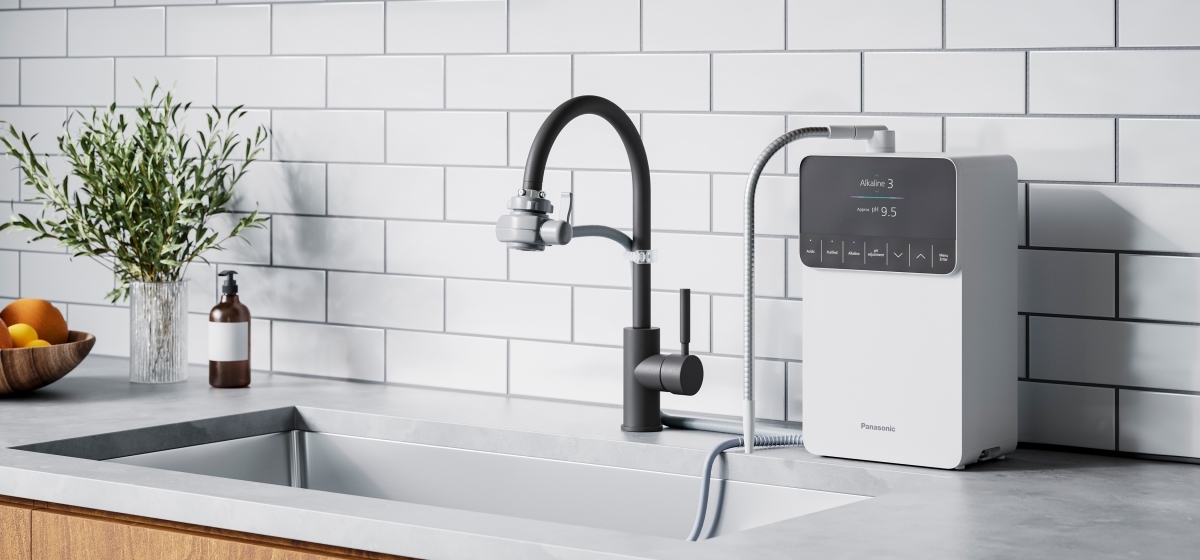
What This Global Strategy Means for You
For B2B and D2C clients, Panasonic's nuanced manufacturing strategy is a powerful indicator of its strength as a business partner. It demonstrates:
- A Commitment to Quality: The top-of-the-line products are still rooted in the unmatched quality control of Japanese manufacturing.
- Market Intelligence: The company doesn't force a single product on the world. It invests in understanding and building solutions for the unique needs of different markets, as seen in Indonesia.
- Supply Chain Resilience: A diversified, multi-country manufacturing network is inherently more resilient to geopolitical, economic, or logistical disruptions than a centralized model. This means a more reliable and stable supply of products for your business.
- Strategic Agility: The flexible approach in markets like India shows that Panasonic can adapt its business model to local competitive dynamics, ensuring its long-term viability and presence.
Ultimately, the question of where Panasonic water purifiers are made reveals more than just a list of locations. It unveils a sophisticated, resilient, and intelligent global strategy designed to deliver on the brand's promise of quality and innovation no matter where in the world its customers are.

